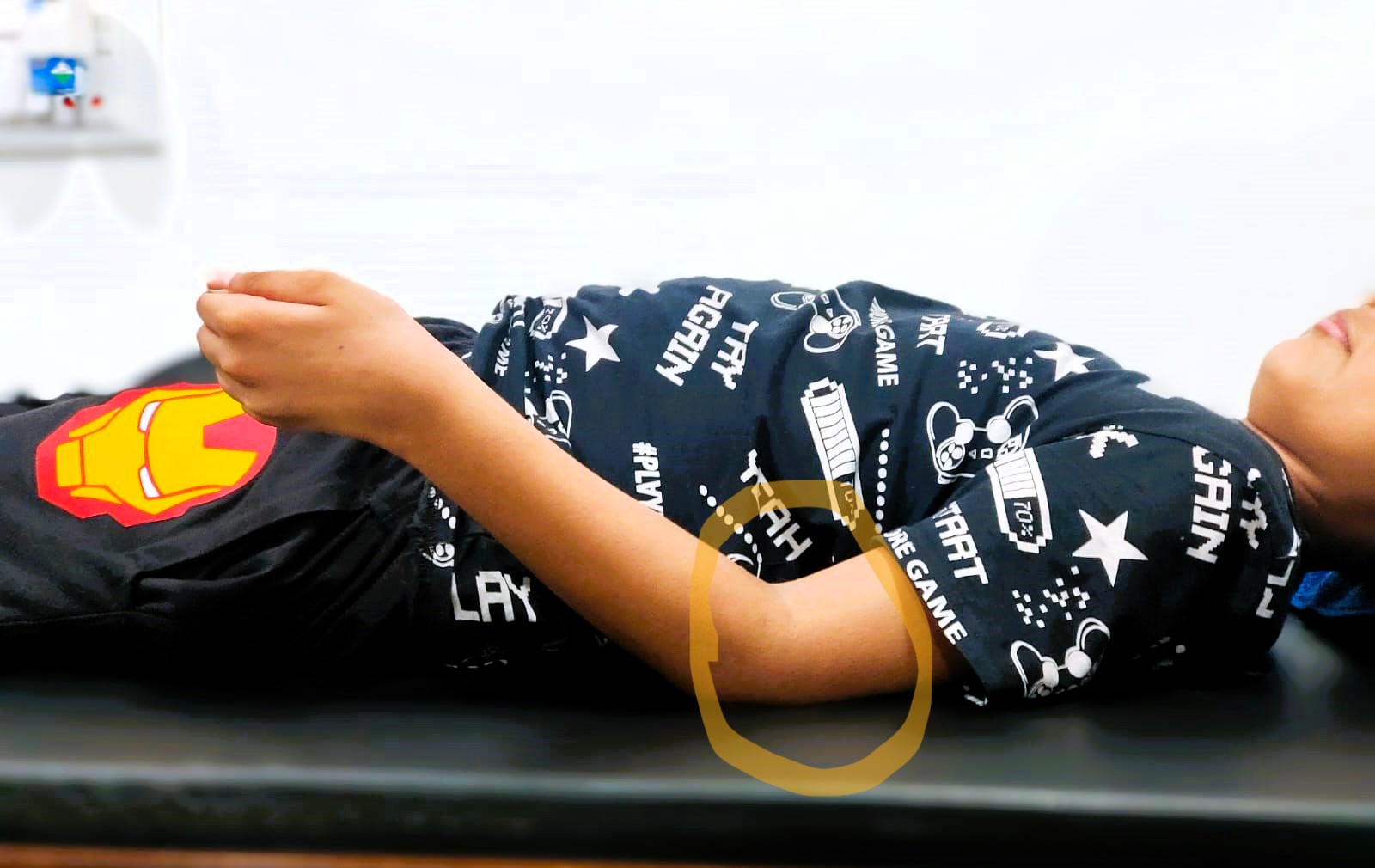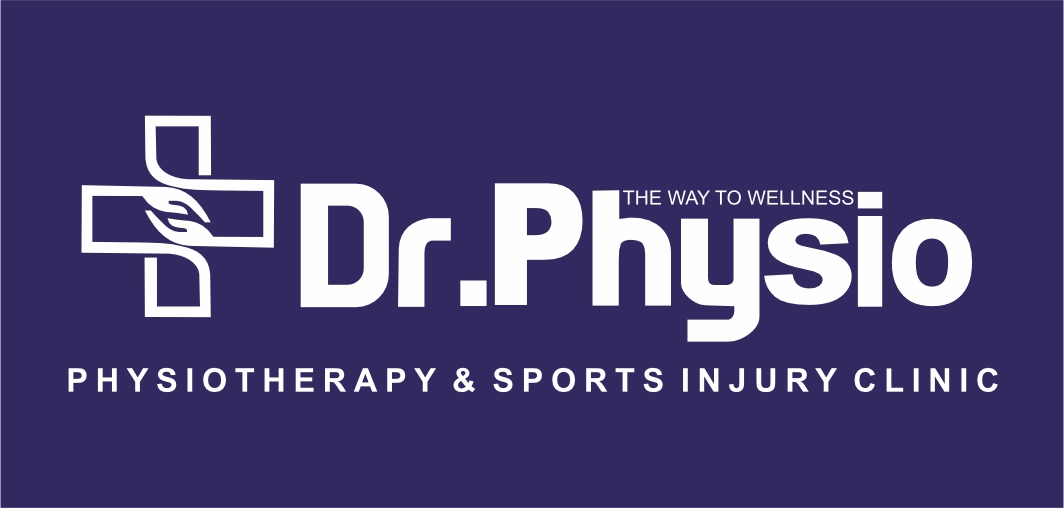+918048039022

This is your website preview.
Currently it only shows your basic business info. Start adding relevant business details such as description, images and products or services to gain your customers attention by using Boost 360 android app / iOS App / web portal.
Fractures (broken bones) Fractures, or broken ...

Fractures (broken bones) Fractures, or broken bones, are a common occurrence, especially among children due to the pliability and growth stage of their bones. Understanding the signs and symptoms of fractures is crucial for prompt diagnosis and treatment. Here are some key points to note: Common Fracture Sites: In children, common fracture sites include the wrists, arms, and elbows, often resulting from falls. Symptoms: Symptoms of a fracture may include: *Pain or tenderness at the injury site. *Swelling or redness around the injured area. *Deformity or an unusual shape of the injured area. *Reluctance or refusal to move or use the injured limb. *Identification Challenges in Infants and Toddlers: It can be more challenging to identify fractures in infants or toddlers due to their inability to communicate effectively. Signs may include persistent crying and reluctance to use the affected limb, despite no obvious external injury. Seeking Medical Attention: If you suspect your child has a fracture, it's essential to seek medical attention promptly. Delayed treatment can lead to complications and prolonged healing times. Diagnostic Tools: Medical professionals may use various diagnostic tools, such as X-rays, to confirm the presence of a fracture accurately. Treatment: Treatment for fractures in children typically involves immobilizing the affected area to allow proper healing. This may involve casts, splints, or braces, depending on the severity and location of the fracture. Follow-up Care: Follow-up care is crucial to monitor the healing process and ensure that the fracture is properly aligned. This may involve periodic visits to the doctor and additional imaging studies. Prevention: While some fractures are unavoidable, taking precautions such as childproofing the home and supervising children during play can help prevent accidents that lead to fractures. Physiotherapy plays a vital role in the rehabilitation process following a child's fracture. Here's how physiotherapy can benefit a child recovering from a fracture: Restoring Range of Motion: After a fracture, the affected limb may experience stiffness and limited range of motion due to immobilization during the healing process. Physiotherapy aims to gradually restore flexibility and movement to the injured area through stretching exercises and gentle mobilizations. Strengthening Muscles: Immobilization and disuse can lead to muscle weakness in the injured limb. Physiotherapy includes exercises designed to strengthen the muscles surrounding the fracture site and improve overall muscle function. These exercises are tailored to the child's age, condition, and stage of recovery. Improving Balance and Coordination: Fractures can disrupt a child's balance and coordination, particularly if the fracture affected a weight-bearing limb. Physiotherapy interventions such as balance exercises, proprioceptive training, and coordination drills help the child regain their ability to move confidently and safely. Pain Management: Physiotherapists employ various techniques to manage pain during the rehabilitation process, such as manual therapy, modalities (e.g., heat or ice therapy), and therapeutic exercises. They also provide education on pain management strategies that children and their caregivers can implement at home. Promoting Functional Independence: Physiotherapy aims to restore the child's ability to perform daily activities independently. Therapists work on functional tasks such as walking, climbing stairs, and using the affected limb for everyday tasks, gradually increasing the level of difficulty as the child progresses. Education and Support: Physiotherapists educate children and their families about the healing process, precautions to prevent re-injury, and techniques to optimize recovery. They also provide emotional support and encouragement throughout the rehabilitation journey. Monitoring Progress: Physiotherapists closely monitor the child's progress during each therapy session and adjust the treatment plan as needed to ensure optimal recovery. They may use outcome measures to track improvements in strength, range of motion, and functional abilities over time. Preventing Complications: Physiotherapy helps prevent potential complications associated with prolonged immobilization, such as joint stiffness, muscle atrophy, and decreased bone density. By promoting early mobilization and active rehabilitation, physiotherapy minimizes the risk of long-term functional impairment. If you're seeking care for your child after a fracture, Dr. Physio Physiotherapy & Sports Injury Clinic offers expert consultation and comprehensive treatment services To book an appointment with our experienced doctor, please call us at +91 78748 37101 or +91 83476 93569. Don't hesitate to reach out to us to schedule an appointment and start your child's journey towards healing and restoration of function.

